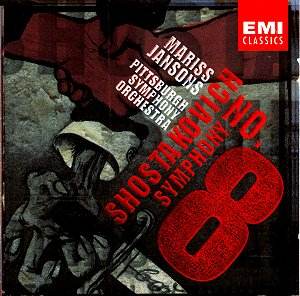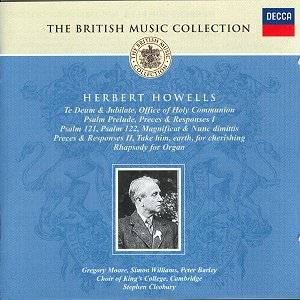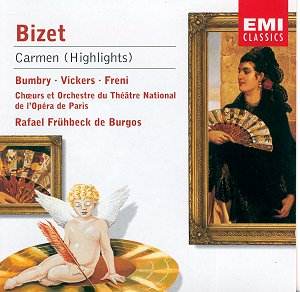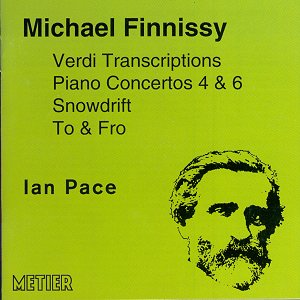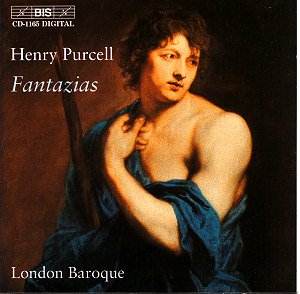 Composer: Henry Purcell
Composer: Henry Purcell
Works: Fantasia a 3 in D minor, Fantasia a 3 in F major, Fantasia a 3 in G minor, Fantasia a 4 in G minor, Fantasia a 4 in B flat major, Fantasia a 4 in F major, Fantasia a 4 in C minor, Fantasia a 4 in D minor, Fantasia a 4 in A minor, Fantasia a 4 in E minor, Fantasia a 4 in G major, Fantasia a 4 in D minor, Fantasia a 4 in A minor (fragment), Pavan a 4 for three violins, Chacony a 4 in G minor, Fantazia a 5 upon one Note in F major, In nomine a 6 in G minor, In nomine a 7 in D minor
Performers: London Baroque; Ingrid Seifert, violin; Jean Paterson, violin; Richard Gwilt, violin/viola; Irmgard Schaller, viola; Mark Andrews, viola; Charles Medlam, director & cello; Richard Campbell, cello
Recording: January 2000, St. Martin’s, East Woodhay, Hampshire, England
Label: BIS
Henry Purcell’s Fantasias, composed in his early twenties, stand as remarkable explorations of counterpoint and texture for consort of viols, reflecting a rich tapestry of musical ideas that are both innovative and deeply expressive. These works, while often overshadowed by his more famous operatic and vocal compositions, reveal the youthful genius of a composer who was already crafting complex structures and a unique sound world. The Fantasias, with their fluidity and intricate interweaving of lines, serve as precursors to the more systematic polyphonic explorations of later composers like J.S. Bach, even as Purcell’s own style remains distinctly English, imbued with a sense of melodic lyricism and harmonic inventiveness.
The performance by London Baroque, recorded with a modern string ensemble, merits attention for its insightful interpretation and technical execution. This ensemble’s decision to use violins and violas, rather than authentic viols, offers a fresh perspective on Purcell’s music. The two-viola arrangement, particularly, introduces a richness and depth that aligns well with the introspective qualities of several Fantasias. The F major Fantasia a 4, for instance, bursts forth with rhythmic vitality, showcasing the performers’ ability to navigate the lively passages with both precision and flair. The energy is palpable, yet it does not overshadow the more contemplative moments found throughout the cycle.
Recording quality plays a crucial role in this release, with BIS’s engineering capturing the warmth and clarity of each instrument. The acoustic space of St. Martin’s is utilized effectively, allowing the subtle nuances of the ensemble to resonate beautifully without losing the distinct character of each voice. The balance between the instruments is commendable; one can hear the intricate dialogues emerging within the polyphonic textures, particularly in pieces such as the Chacony a 4, where the harmonic layers create a hauntingly beautiful soundscape.
While some purists may argue for the superiority of historically informed performances—such as those by Jordi Savall or Phantasm—London Baroque’s approach does not diminish the quality of this music. Rather, it highlights the versatility of Purcell’s writing and invites listeners to appreciate these works in a new light. The addition of the Pavan and Chacony, along with the fragment of another Fantasia, enriches the listening experience, offering a broader view of Purcell’s compositional style and his ability to evoke varying emotional landscapes.
This recording stands out not only as a testament to Purcell’s genius but also as a vibrant interpretation that opens the door for broader appreciation of his Fantasias. London Baroque’s performance is both scholarly and accessible, appealing to viol enthusiasts and string quartet aficionados alike, and it firmly positions these works within the canon of significant chamber music. The ensemble’s adept handling of Purcell’s intricate counterpoint and their ability to evoke both the lively and the introspective qualities of the music make this disc an essential listen for anyone invested in the evolution of English music.
